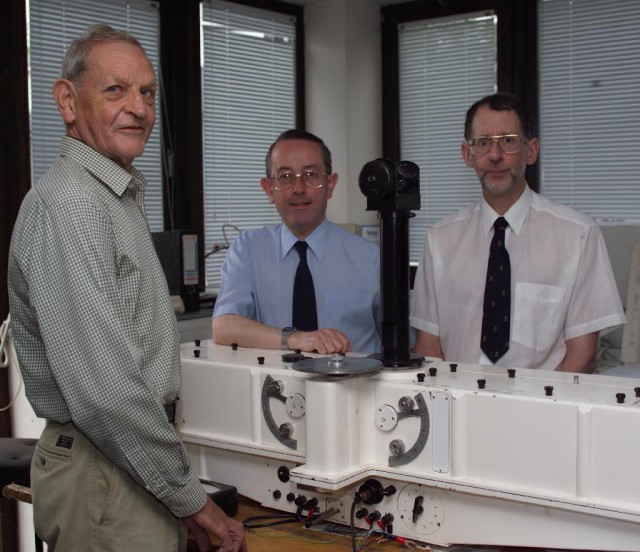International Day for the Preservation of the Ozone Layer (Ozone Day) – 16 September
New documentary examines the status of the Ozone Hole on the anniversary of the Montreal Protocol – a global agreement banning ozone depleting substances
It’s over 25 years since British Antarctic Survey (BAS) scientists discovered the Ozone Hole above Antarctica. A paper published in the science journal Nature alerted the world to the dramatic and major environmental threat. The accumulation of chlorofluorocarbons (CFCs) used in refrigeration and air conditioning systems, and industrial solvents were found to deplete the protective layer of ozone that surrounds the Earth. Action by governments around the world led to the 1987 Montreal Protocol and its amendments, which ensured that production and consumption of CFCs, halons and carbon tetrachloride were phased out by 2000, and methyl chloroform by 2005.
But what is happening today – is the Ozone Hole showing signs of recovery? The World Meteorological Organization (WMO) reported in August that signs of ozone depletion were again appearing over the Antarctic. A few months earlier, the Antarctic ozone hole was making headlines: for the first time scientists found that it was “creating rainfall in subtropical regions”. In fact, closing of the hole in the world’s stratospheric ozone layer is still many decades away and the effects and interactions of ozone depletion on climate change are just starting to be understood.
For these reasons, the United Nations Environment Programme (UNEP) OzonAction Programme decided to embark on an investigative journey through the history and science of the ozone layer, the actions taken to address this major environmental threat and the consequences both for the ozone layer and Earth’s climate system.
From British Antarctic Survey to NASA’s Goddard Space Flight Center, transiting through Columbia University (New York), the French National Centre for Scientific Research (CNRS) and the National Oceanic and Atmospheric Administration (NOAA) in Boulder Colorado – UNEP’s video is seeking explanations and answers from the scientists closest to the issue.

This scientific story, recorded in a short documentary, is not a portrait of a planet in crisis, but some of the world’s top scientists offer hope and solutions. Indeed, the Montreal Protocol, which covers ozone depleting substances (ODSs), can deliver immediate climate benefits. “The Montreal Protocol is a great example of what can be accomplished if nations, industry, technologists and scientists all combine to work on a problem,” said Paul Newman from NASA’s Goddard Space Flight Center. One hundred and ninety-six countries have signed the Montreal Protocol, making it the first treaty of any kind to achieve universal ratification. All the world’s governments are now legally obligated to phase out ODSs under the schedules defined by the Protocol.
Jonathan Shanklin, one of the team from BAS that made the discovery in 1985, said,
“The Montreal Protocol demonstrates how science was at the heart of a global policy that has changed human behaviour and will result in the ozone hole recovering by the end of the century.“
The documentary will be released on International Day for the Preservation of the Ozone Layer (“Ozone Day”), the United Nations’ annual day on September 16 commemorating the date, in 1987, on which the Montreal Protocol on Substances that Deplete the Ozone Layer was signed. Screenings will be organized around the world, including one in Nairobi where UNEP has its headquarters, and at the Biosphère Environment Museum in Montreal where the Protocol was signed. The video is available in English and French.